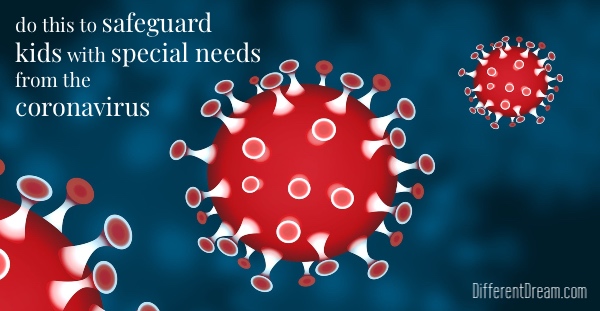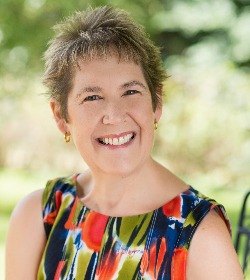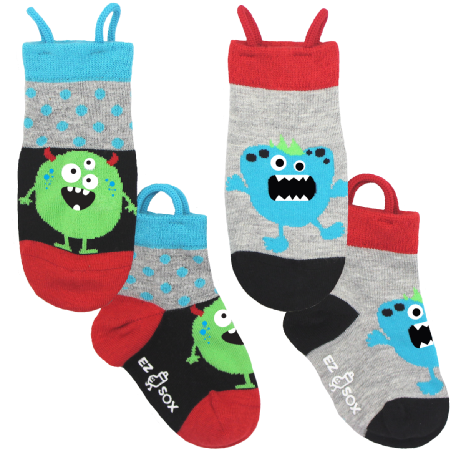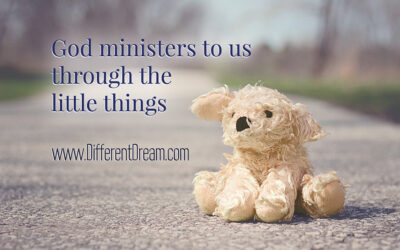Coronavirus and Kids with Special Needs

Coronavirus and kids with special needs sounds like a combination worthy of panic. With all the information and misinformation swirling about, it’s easy for caregiving parents to be confused and stressed about how to best protect their kids. Where’s a parent to go to find accurate, truthful information? And what should they do to keep their kids safe and healthy, both physically and mentally, as the situation unfolds? Here are five sources that provide information in a thoughtful, careful manner.
- The Center for Disease Control and Prevention (CDC). This site is updated daily as new cases of the coronavirus are identified and scientific advancements are made. You’ll find a state-by-state breakdown of cases and map, a page about the coronavirus in kids that should ease your mind, and a list of measures to slow the spread of the virus and avoid contracting it.
- The World Health Organization (WHO). This website is similar to the CDC’s but with a global, rather than national, focus. Their prevention page has much of the same information as the CDC. I especially like their graphic about how help kids cope with stress during the outbreak. What’s the big message for parents worried about the coronavirus and kids with special needs? Stay calm and manage your own stress so your kids don’t get stressed!
- AARP. It sounds weird, I know. But the AARP’s article about what senior citizens should know about the coronavirus can be generalized to the coronavirus and kids with special needs. Also, the article answers some questions the CDC and WHO don’t mention.
- My husband. He’s a nurse at a regional hospital, and they receive updates and preparedness information. He and the three sources listed above say the same things. Hand washing is the single most effective measure to slow the transmission of the coronavirus.
Based on everything I’ve read and the advice of my husband who’s been a hospital nurse for more than 30 years, the best way to keep the coronavirus and kids with special needs away from one another is to wash your hands. With soap. Several times a day. For at least 20 seconds. You would be wise to institute the other measures recommended by the CDC and WHO. They may seem simplistic and low tech, but research proves they work. Now if you will excuse me, I’m off to wash my hands. Again.
Do you like what you see at DifferentDream.com? You can receive more great content by subscribing to the monthly Different Dream newsletter and signing up for the daily RSS feed delivered to your email inbox. You can sign up for both at the bottom of this page.
By Jolene
Jolene Philo is a published author, speaker, wife, and mother of a son with special needs.
Subscribe for Updates from Jolene
Related Posts
EA/TEF Awareness Month 2024
Jolene kicks off EA/TEF Awareness Month 2024 by explaining the rare condition and giving a preview of the month to come.
I Didn’t Want to Learn Hard Caregiving Lessons, but Now I’m Grateful
Jolene reflects on a lifetime of caregiving: “I didn’t want to learn hard caregiving lessons, but now I’m grateful.”
An Unexpected Christmas Gift
Sandy Ramsey-Trayvick has learned to see an unexpected Christmas gift in the lessons she’s learned through special needs parenting.






0 Comments